Louis Badolato
Lieutenant General
- Joined
- Apr 25, 2005
- Messages
- 18,442
Now that’s what I’m talking about!




The last pic is straight out of the movie. :salute:: Chris
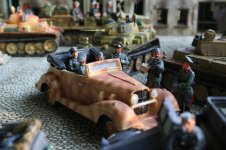 Officers discuss the plan of attack
Officers discuss the plan of attack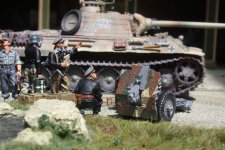 A Panther crew prepare
A Panther crew prepare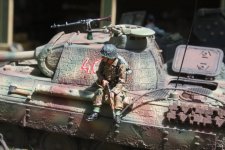 A panzer grenadier wishes they would get on with it
A panzer grenadier wishes they would get on with it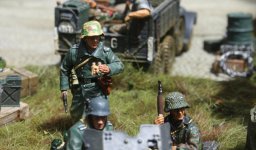 His CO wishes he would get off his backside
His CO wishes he would get off his backside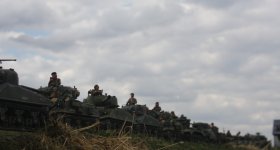 A congested Club Route still presents a target rich environment
A congested Club Route still presents a target rich environment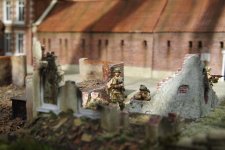
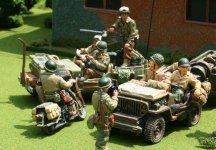
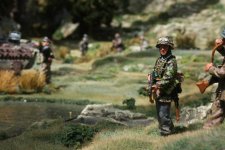
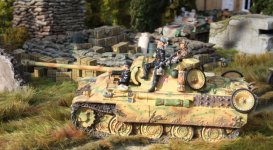
Great post Kevin!Tomorrow is Thanksgiving here in the United States, and your friendship is one of the things I am thankful for.
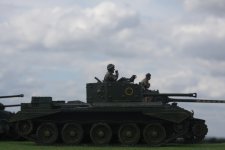 A Cromwell manoeuvers for position
A Cromwell manoeuvers for position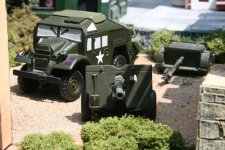 Early wooden K&C 25pdr
Early wooden K&C 25pdr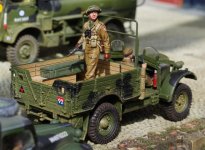 A British officer organizes on club route
A British officer organizes on club route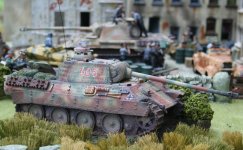 HB Panthers and crews, early K&C staff car plus others
HB Panthers and crews, early K&C staff car plus others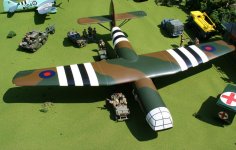 2 Para load up into very rare K&C mahogany glider
2 Para load up into very rare K&C mahogany glider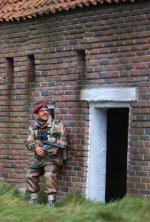 On the ground 2 Para advance to the bridges (K&C para (P) and John Gittings scenics)
On the ground 2 Para advance to the bridges (K&C para (P) and John Gittings scenics)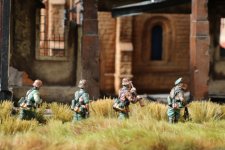 (HB) SS squad looking to block the paras from Arnhem (TM Terrain and JGM scenics)
(HB) SS squad looking to block the paras from Arnhem (TM Terrain and JGM scenics)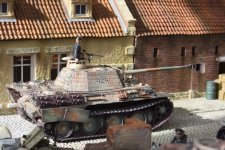 German armour near key targets gets ready to move (HB Panther, JGM scenics)
German armour near key targets gets ready to move (HB Panther, JGM scenics) XXX Corps struggles in endless traffic jams (K&C with JGM scenics)
XXX Corps struggles in endless traffic jams (K&C with JGM scenics)Great stuff, Kevin!As previously stated, Market-Garden was a series of immediately unrelated and yet complexly intertwined skirmishes and battles, each of which would add or subtract to the overall outcome. The story of the battles around Best and their impact on the ability of XXX Corps to hold Son Bridge and progress quickly to link with the 82[SUP]nd[/SUP] around Eindhoven might have fitted at this juncture. However, I have arbitrarily decided to focus instead on the parallel story to the advance of XXX Corps so far, that of 2 Para and their exploits in Arnhem itself from the 17[SUP]th[/SUP] – 20[SUP]th[/SUP] September 1944. This short narrative is based mainly on the official history.
e.g. Ref - http://www.pegasusarchive.org/arnhem
Before I deal with XXX Corps on the 19[SUP]th[/SUP] September, I shall highlight some other parts of this complex campaign starting on the 17[SUP]th[/SUP] September 1944. I now repeat some background that I already posted:
1[SUP]st[/SUP] Airborne had not been dealt ‘a particularly good hand’ in the planning by 1[SUP]st[/SUP] Airborne Army.
1. Proximity to some Ruhr flak and the fighter airfield at Deelen north of Arnhem, meant drop zones to the east of Arnhem could not be safely used.
2. The RAF had insufficient transport aircraft so the risk to the transports was high in the planning essentials.
3. They were allocated DZs west of Arnhem. The wooded country to the west meant DZs in open ground several miles from the three targeted bridges – the road, rail and pontoon bridges.
4. The lack of transports, including those borrowed from the USAF, meant that the British Division needed three lifts, even though it was smaller than the US parachute division equivalents.
5. On the first day the lift was:
a. The 1[SUP]st[/SUP] Para Brigade (roughly equivalent to a US PIR), consisting of 1, 2 and 3 Parachute Battalions, by parachute to Renkum Heath with orders to march on three routes close to the river and seize the Arnhem Bridges.
b. The 1[SUP]st[/SUP] Airlanding Brigade was dropped by glider at Reijerskamp with orders to secure follow up DZs and LZs and secure resupply DZ at Lichtenbeek. It consisted of 1 Battalion the Border Regt, 2 Battalion South Staffs and 7 Kings Own Scottish Borderers.
c. Divisional HQ, Div Arty and Divisional troops were landed by glider at Heelsum. This included 1[SUP]st[/SUP] AB Recce Sqn and their jeeps.
6. The plan for the second day (10.00 18 Sept 1944) was to parachute 4 Para BDE (10, 11 and 156 Para Bats) at S Ginkel with orders to move to Lichtenbeek and secure the NE perimeter of the town. The balance of the first lift would be taken to their respective DZ/LZs.
7. On the 3[SUP]rd[/SUP] Day (0930 19 Sept) 1[SUP]st[/SUP] Polish Para BDE would land in two parts, by parachute south of the road bridge to link with 1[SUP]st[/SUP] Para BDE on the bridge and glider elements would land north of the Rhine at Joanna Hoeve to strengthen anti tank defences.
8. XXX Corps were due to link up during 19 Sept.
A short history and account of the 2nd Battalion Parachute Regiment's Operations at Arnhem, 17[SUP]th[/SUP] to 20th September 1944 – derived from the official history.
The task given to the 2nd Battalion was in two phases:-
Phase one - To seize the three Bridges over the Rhine at Arnhem
Phase two - Later to establish the Western half of the Brigade sector forming a bridgehead North of the main road Bridge, to allow the advanced units of the 2nd Army free passage, and deny use of it to the enemy
View attachment 256050 2 Para load up into very rare K&C mahogany glider
View attachment 256051 On the ground 2 Para advance to the bridges (K&C para (P) and John Gittings scenics)
View attachment 256047 (HB) SS squad looking to block the paras from Arnhem (TM Terrain and JGM scenics)
View attachment 256048 German armour near key targets gets ready to move (HB Panther, JGM scenics)
View attachment 256049 XXX Corps struggles in endless traffic jams (K&C with JGM scenics)
Great stuff, Kevin!
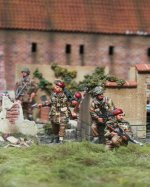
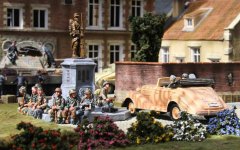 Model visits 2nd SS Panzer Corps (K&C staff car and grenadiers, HB tank and crew, JGM scenics)
Model visits 2nd SS Panzer Corps (K&C staff car and grenadiers, HB tank and crew, JGM scenics)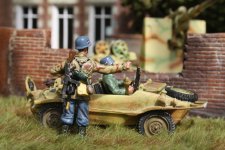 paratroops discuss the results of reconnaissance (K&C, NMA, JGM pieces)
paratroops discuss the results of reconnaissance (K&C, NMA, JGM pieces) 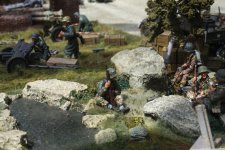 part of 15th Army rest before launching attacks on 2nd Army
part of 15th Army rest before launching attacks on 2nd Army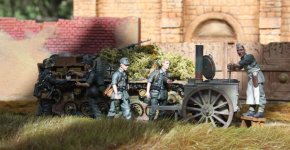 Some of 2nd Panzer Corps' battered troops after their near destruction in Normandy (HB field kitchem, modified K&C StuG)
Some of 2nd Panzer Corps' battered troops after their near destruction in Normandy (HB field kitchem, modified K&C StuG)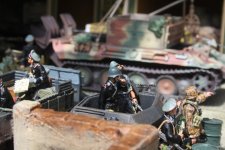 2nd Panzer Corps were known to be very weak after their long retreat
2nd Panzer Corps were known to be very weak after their long retreat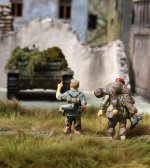 2 Para hoped to use strategic surprise to gain their objective before the Germans could react
2 Para hoped to use strategic surprise to gain their objective before the Germans could react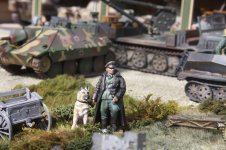 2 Para would have liked to have faced a proverbial 'man and his dog', but they knew from experience that the dog could bite ......
2 Para would have liked to have faced a proverbial 'man and his dog', but they knew from experience that the dog could bite ......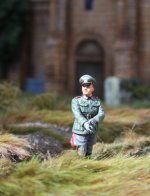 Senior German officers on the ground were competent, extremely experienced and trained in defending against airborne attack.
Senior German officers on the ground were competent, extremely experienced and trained in defending against airborne attack.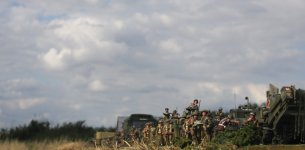 XXX Corps were delayed, see previous posts
XXX Corps were delayed, see previous posts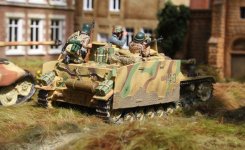 StuGs proved useful at Arnhem
StuGs proved useful at Arnhem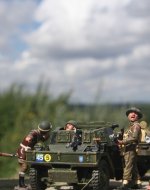 Reconnaissance troops did their best to find ways to Arnhem - see previous posts
Reconnaissance troops did their best to find ways to Arnhem - see previous posts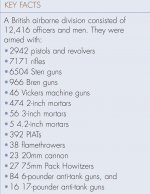
 Once landed the paras were relatively lightly equipped and relatively immobile
Once landed the paras were relatively lightly equipped and relatively immobile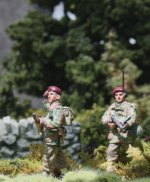
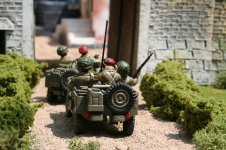
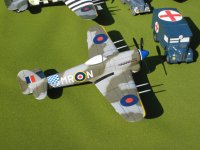 rare K&C mahogany aircraft
rare K&C mahogany aircraft HB radio team
HB radio team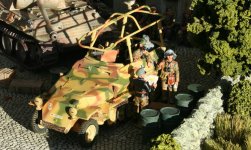 K&C command halftrack
K&C command halftrack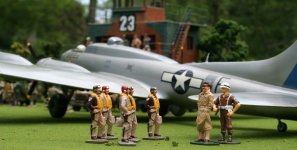 extremely rare early wooden K&C mahogany B17 with glossie Clark Gable and bomber crew
extremely rare early wooden K&C mahogany B17 with glossie Clark Gable and bomber crew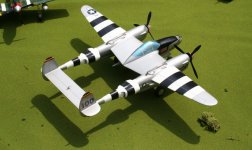 rare early K&C mahogany P38
rare early K&C mahogany P38 Figarti AAA
Figarti AAA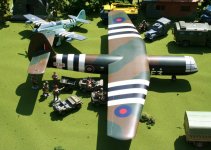 extremely rare early K&C mahogany Horsa loads prior to take off
extremely rare early K&C mahogany Horsa loads prior to take off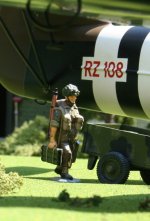 K&C AN series paratrooper
K&C AN series paratrooper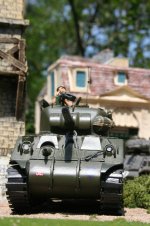 rare, early K&C wooden Guards Armoured Division Sherman
rare, early K&C wooden Guards Armoured Division Sherman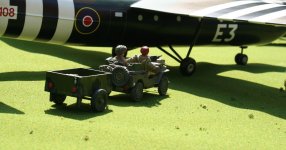 extremely rare early K&C mahogany Horsa and AN series jeep
extremely rare early K&C mahogany Horsa and AN series jeep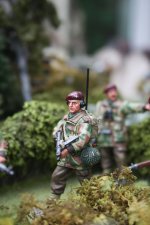 K&C MG series paras
K&C MG series paras

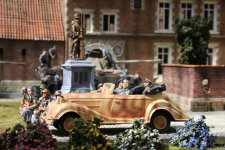
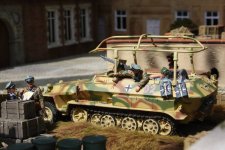
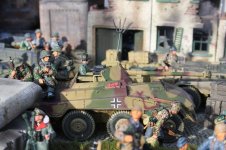
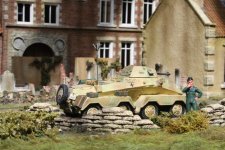
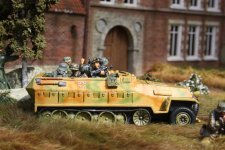
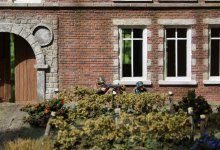 Krafft's men take up blocking positions (K&C WS series}
Krafft's men take up blocking positions (K&C WS series}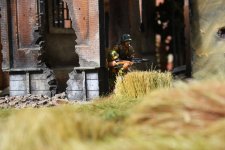
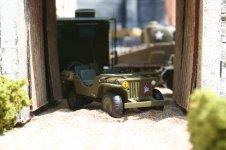 ultra rare very early K&C para jeep prior to loading
ultra rare very early K&C para jeep prior to loading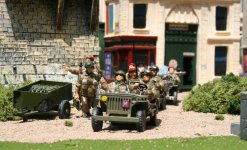 AN series jeeps set out on the attempted move to the bridge
AN series jeeps set out on the attempted move to the bridge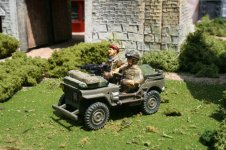 AN series attack jeep tries to manouver
AN series attack jeep tries to manouver
